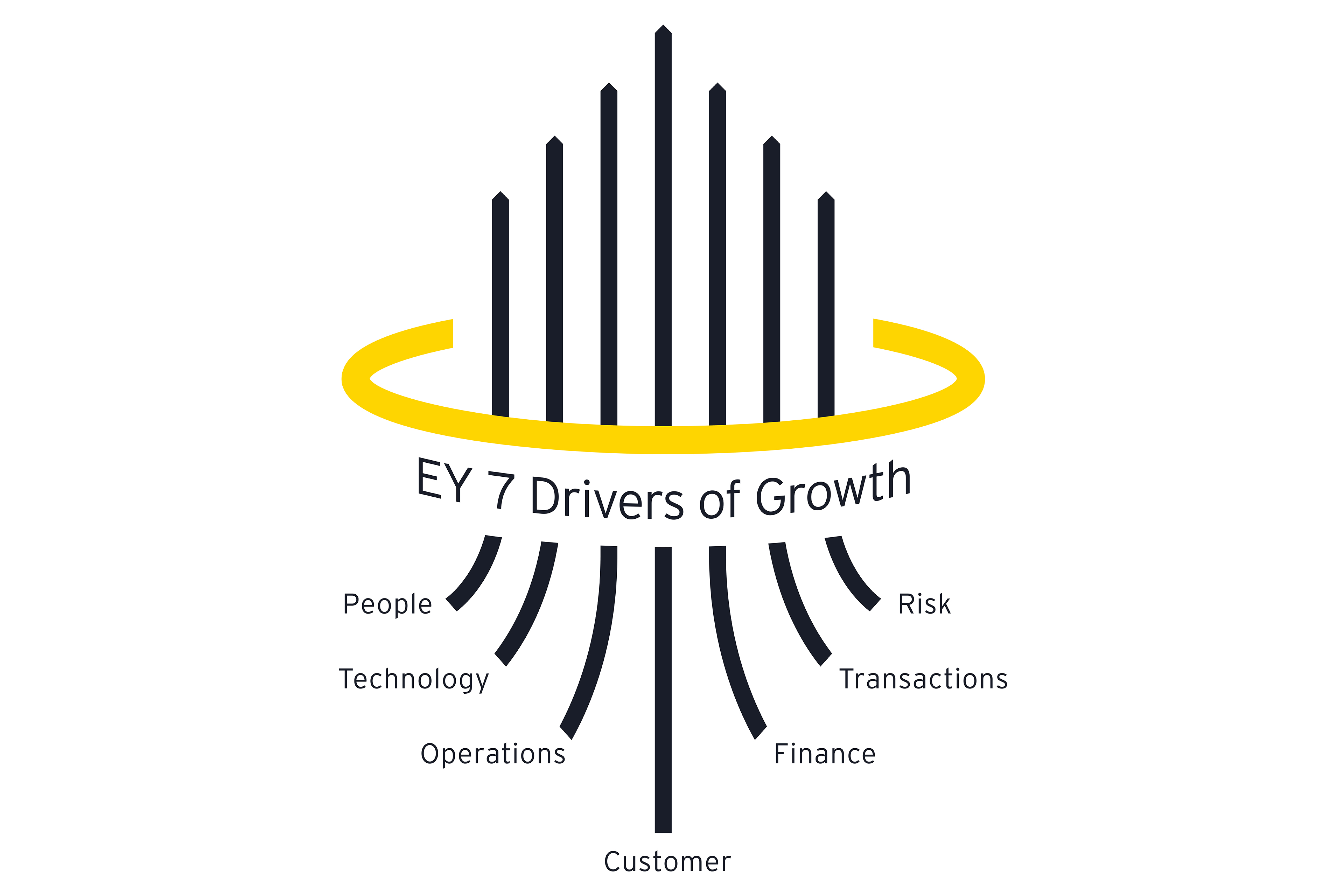EY refers to the global organization, and may refer to one or more, of the member firms of Ernst & Young Global Limited, each of which is a separate legal entity. Ernst & Young Global Limited, a UK company limited by guarantee, does not provide services to clients.
How EY can Help
-
Our 7 Drivers of Growth framework can help your business successfully execute your growth strategy over the long term. Find out how.
Read more
Phase 2 (The COVID-19 pandemic strikes): Crisis management and business continuity
The COVID-19 pandemic hit in 2020, plunging many countries into an economic recession. This forced business priorities to change. Most businesses shifted their focus from growth to crisis management and business continuity, followed by recovery. The top three priorities for entrepreneurial businesses during 2020 were:
- People: Entrepreneurial businesses prioritized the health and wellbeing of their people and workforce.
- Customer: As businesses faced a sudden drop in demand, they emphasized customer retention and loyalty, as well as brand protection.
- Finance: To secure continuity, businesses immediately focused on liquidity and cash flow management. Where possible, and where necessary, this included making use of government grants and incentive schemes.
Phase 3 (The new normal): Recovery from crisis
A new normal slowly emerged in 2021. In addition to creating new ways of working, the pandemic had shifted customer buying patterns and expectations. Supply chain disruption resulted in delivery issues, scarcity of resources, higher costs, and increased purchase prices for consumers.
Those businesses that were able to adapt quickly to the changing circumstances identified significant opportunities for growth. Hence, they swiftly re-focused from business continuity to bouncing back from the global health and economic crisis in pursuit of accelerated growth.
The businesses that thrived in 2021 shifted their top three priorities back to the same priorities they had had in 2019, namely:
- Customer: Businesses redesigned their ”customer journeys”, often moving to digital channels. They optimized all touchpoints on these journeys while seeking to manage the holistic customer experience. Additionally, they invested in product and service innovation to meet new customer demands and embarked on innovative partnerships, strategic alliances or M&A deals to quickly respond to changing customer needs.
- Technology: Many of the changes on customer journeys needed to be technology-enabled, leading businesses to adopt new technologies and data analytics capabilities.
- People: Demand for digital competencies and skill sets led to a shortage of talent. Besides an increased focus on recruitment, this caused a strong focus on upskilling the workforce to build up new skillsets and competencies.







